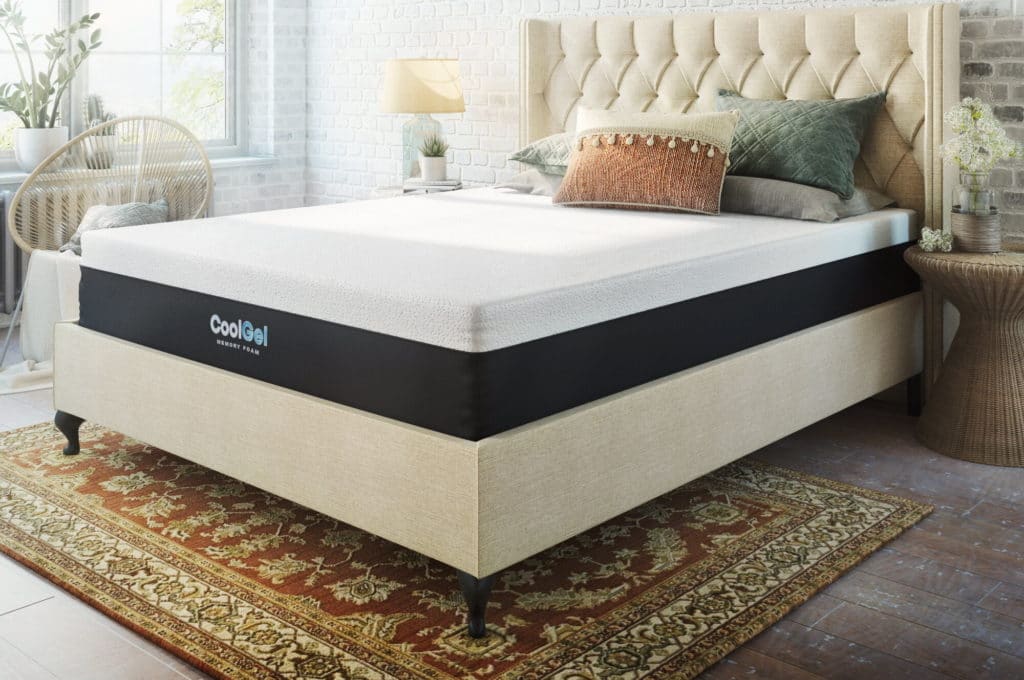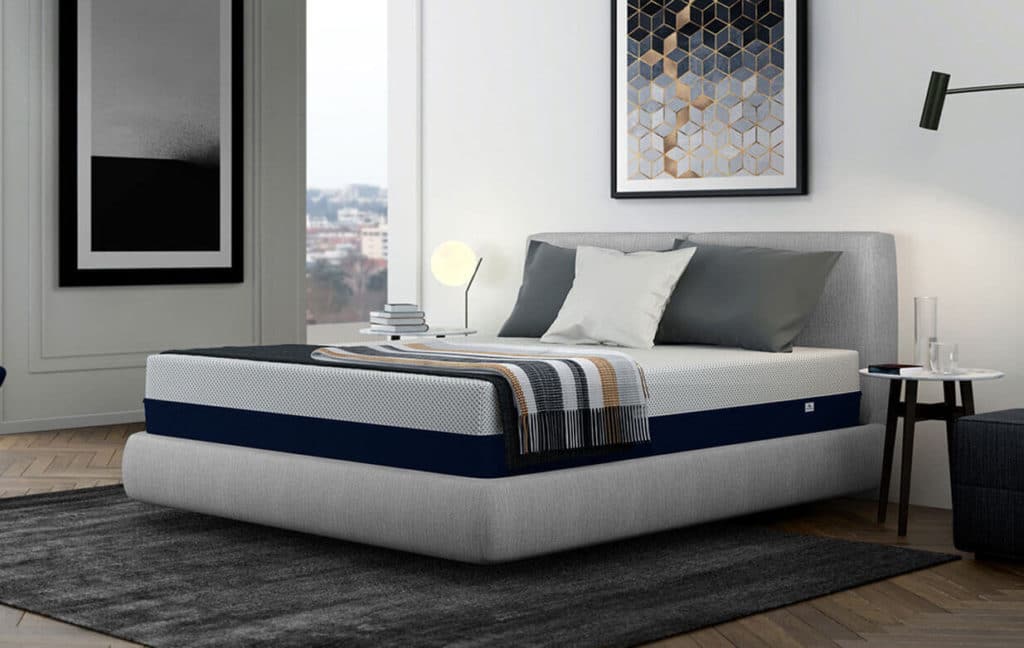

Memory foam was developed by NASA Trusted Source Memory foam - Wikipedia Memory foam consists mainly of polyurethane as well as additional chemicals increasing its viscosity and density. It is often referred to as “viscoelastic” polyurethane foam, or low-resilience polyurethane foam (LRPu). en.wikipedia.org in 1966 to improve the overall quality of aircraft seat cushions. This viscoelastic material was quickly adopted by manufacturers and mass-produced for consumer purchase. Known for their comfort and ability to relieve joint pressure and back pain, memory foam mattresses quickly grew in popularity. But sleepers soon learned that the chemical properties that trigger the foam to counter and cradle their body came with a pitfall – these mattresses sleep hot. The question of how to keep cool on a memory foam mattress quickly became a problem manufacturer needed to solve in order to continue to sell these mattresses on the market.
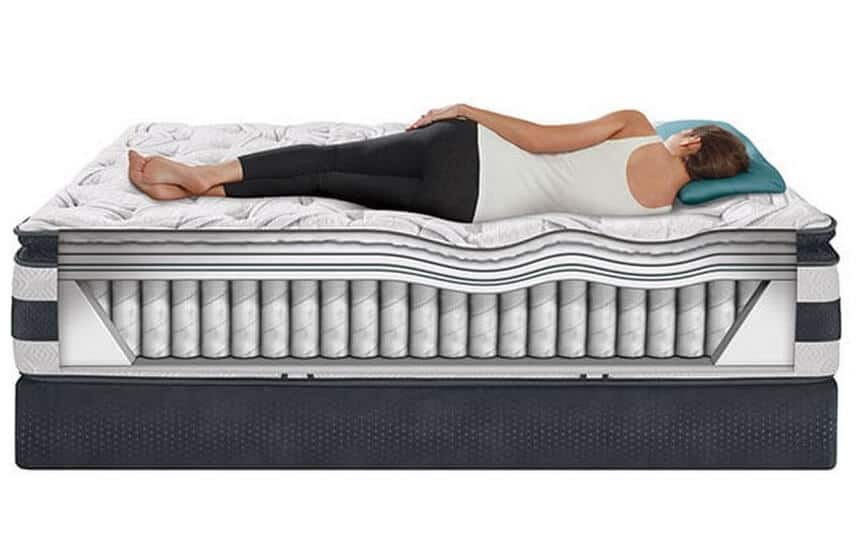
Luckily, technology has evolved since the early days of NASA’s memory foam invention, and the methods used in the production of memory foam mattresses have updated with the times. There are ways for memory foam mattress users to keep themselves cool while also enjoying the benefits of these comfortable, durable beds. Changes in the foundation of the mattress itself are one way that manufacturers have responded to consumer complaints regarding heat retention in memory foam mattresses. Additionally, the use of new mattress toppers, natural fabric bedding and blankets, and updates to climate control settings are all ways that sleepers can keep themselves cool while sleeping on their memory foam mattress.
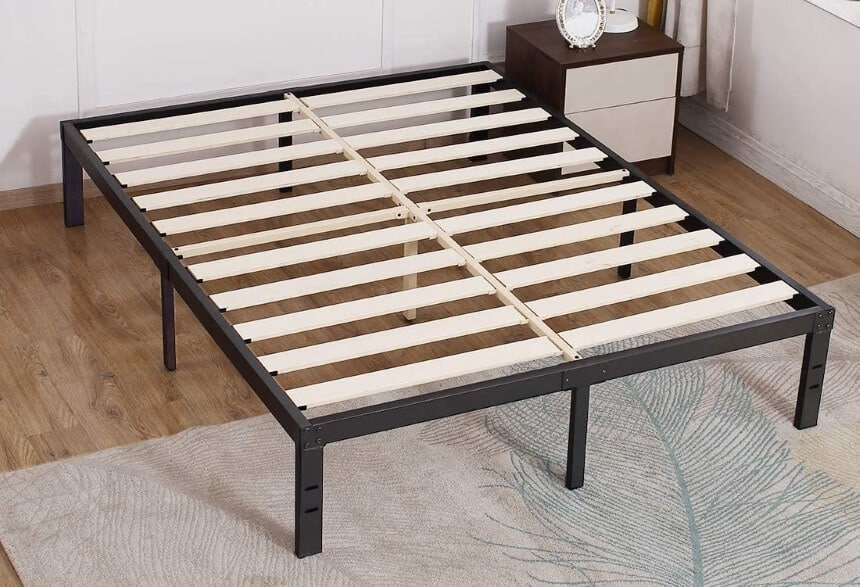
Space for air to circulate and remove warmth and moisture can be improved by changing the foundation upon which your memory foam mattress sits. For example, switching to a slatted bed frame with space between the wood planks that help support the base on your bed can create the amount of space that is needed for air to flow.
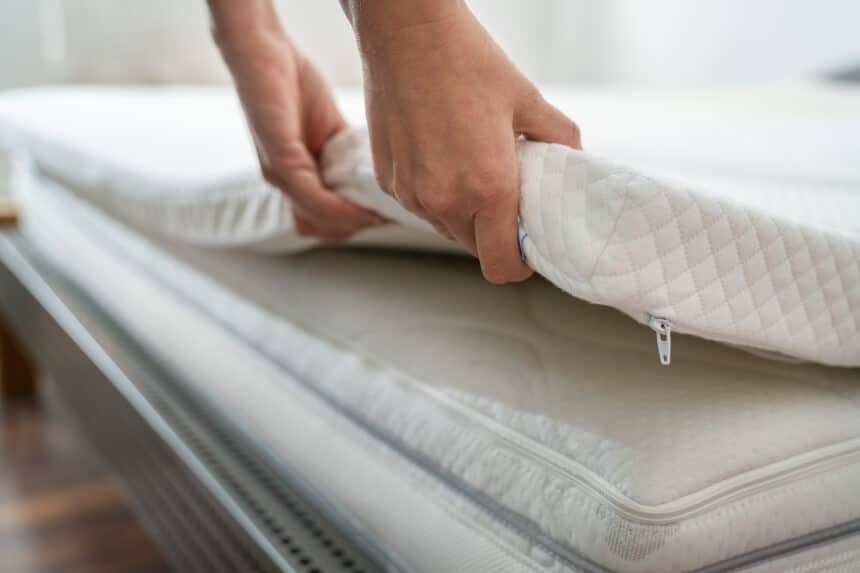
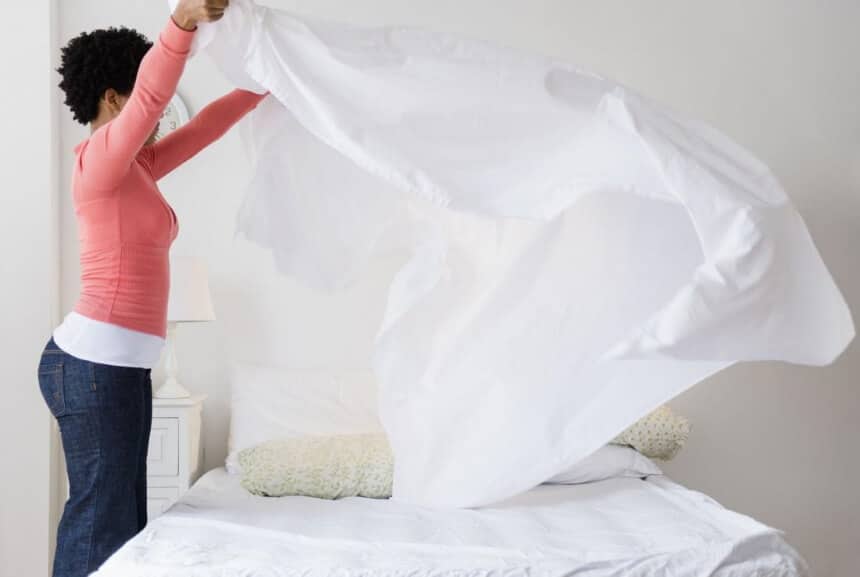
These materials stop airflow, which could be contributing to your discomfort while sleeping.
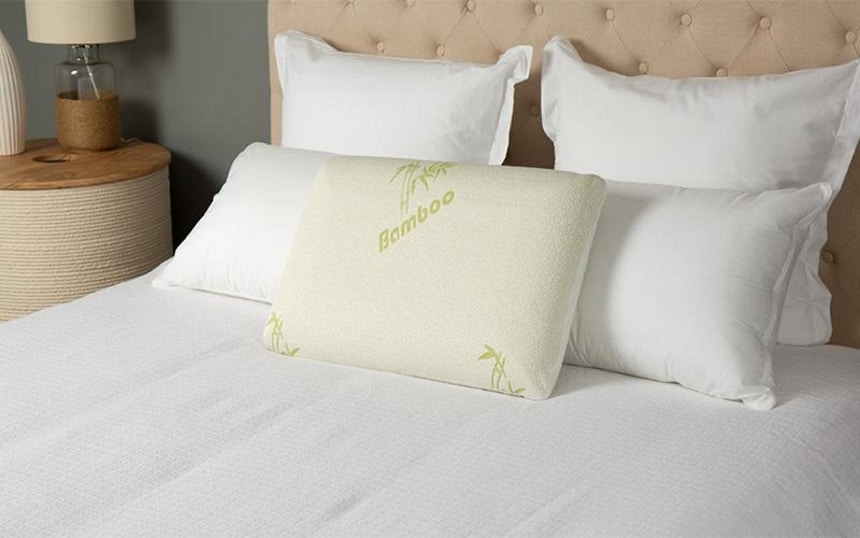
Additionally, consideration should be given to your pillows. Depending on the materials in your pillow and pillowcase, you could be unwittingly causing the temperature in your head to increase, which in turn would impact your overall body temperature. Switch out your heat-retaining pillow with any of the following cooling-material options: bamboo, buckwheat, feather, or cotton.
If you’ve addressed all of the potential heat-retention causes listed above and are still experiencing night sweats, consider taking a look at the overall climate of your bedroom. What is the temperature set to when you sleep? Setting the temperature to 68 degrees Fahrenheit while you sleep can help decrease your body’s temperature, which will help you sleep more deeply and comfortably. When the air in your sleeping environment is too warm, your sleep cycle is disrupted, causing you to wake up more frequently during the night.
Consider, too, using a floor or ceiling fan to help circulate the air in your bedroom. Again, your body temperature will naturally cool itself when it comes in contact with cooler air, so do whatever you can to provide yourself with that opportunity to increase your comfort level while sleeping on your memory foam mattress.
Wearing cotton or linen pajamas instead of fleece or polyester will also help your body self-regulate its temperature better.
One final consideration, if you have tried everything else and are still finding yourself too warm while you sleep, is to look at purchasing a new mattress. Perhaps your memory foam mattress is outdated, as technology has continued to evolve since these first became available on the market in the late ‘60s. Latex mattresses are a relatively new addition to the mattress market and provide an alternative to those frustrated with the heat-retaining properties of the latter. Latex mattresses provide sleepers with a cooler surface, as they have a natural ability to wick away moisture. They are similarly contouring to users’ bodies and have a soft, bouncy surface.
There are several options when it comes to how to keep coo l Trusted Source How to Make Your Memory Foam Mattress Cooler - A Practical Guide Do you know how to make your memory foam mattress cooler? Click to find out how to do some simple things that are very efficient. www.sleepadvisor.org on a memory foam mattress. Because memory foam is a great option for those with chronic back pain and anyone in need of pressure relief, investing in any of these tips and tricks to improve your overall experience using these mattresses is worthwhile.
